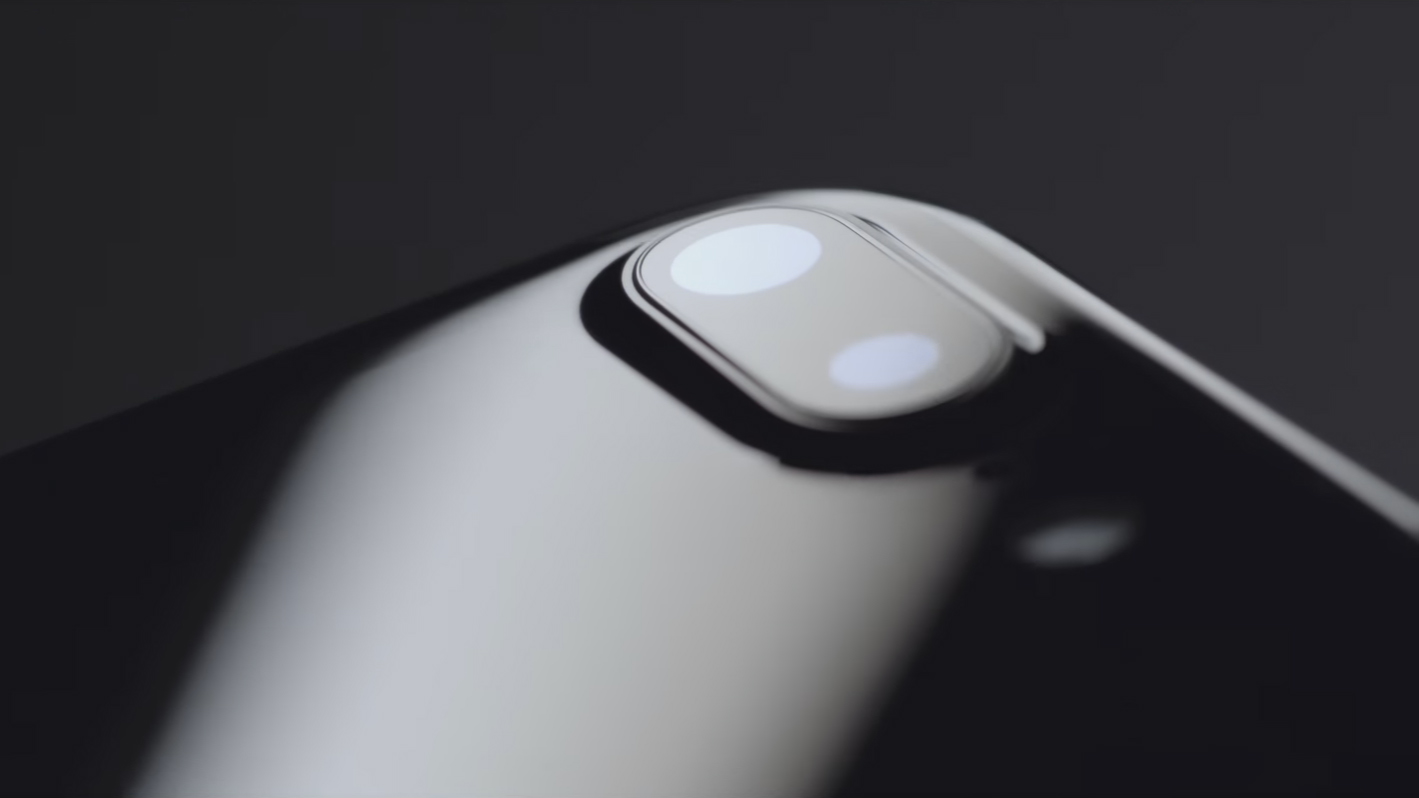What designers need to know about the iPhone 7
Apple has launched a new iPhone, so we take a look at the two areas that interest us: its design, and its creative features.
Apple's September 2016 event saw the launch of the Apple iPhone 7 and Apple iPhone 7 Plus, and as with any Apple product launch there was as much interest from the creative community in the design of the new phones as there was in their features.
Fortunately there was plenty to keep us intrigued, but before we take a look at those two key areas, why not take a peek at the video above, which contains a quick summary of the announcement courtesy of Apple itself.
Finished? Good. Now you've got the key facts, let's firstly take a look at the design.
iPhone 7/7 Plus design
During the event, Apple design chief Jony Ive's soothing voiceover explained how the iPhone 7 Plus was created and he hinted at the design methodology behind it. If nothing else, Apple makes mesmerising product films to promote their beautiful products, with the crafting of the iPhone a joy to watch.
And the design approach is very much a continuation of Ive's take on hardware minimalism while making the iPhone as thin as possible. Removing the 3.5mm headphone socket from the bottom has allowed for an even cleaner, thinner shape and Ive must be cursing the necessity for camera lenses as they are the only protuberance from the otherwise smooth lozenge – more on the camera(s) later.
Accentuating the smoothness of the new iPhone 7 and iPhone 7 Plus is a new finish, dubbed jet black. The deep, high-gloss colour scheme is accomplished, says Apple, through an innovative nine-step process of anodisation and polish that blends into the glass screen for a uniform finish.
The phones are also available in an anodised matte black colour scheme as well as the familiar silver, gold and rose gold. The overall look is stunning although we'll only be able to verify how slick they are once we get our hands on one.
Daily design news, reviews, how-tos and more, as picked by the editors.
However, the onyx-like jet black iPhone in particular seems to typify Apple and Ive's mobile device design signature which is to give the appearance of an entirely minimalist, smooth sculpture with few buttons or protrusions to disturb the visual flow.
There is a major problem with this design direction, of course…
pic.twitter.com/GrgBe9TrA2September 8, 2016
Is Apple minimising its hardware to such an extent that users are forced to use ugly, fiddly and cumbersome accessories in order to make it useable? And at what point does one have to accept that electronic consumer goods must be, first and foremost, practical and user-friendly, and that their design must allow that? This is a debate that will run and run.
There is another debate, too – are iPhones distinctive any more? As they become more and more minimalist, they move away from the recognisable iPhone silhouette introduced by the original 2007 iPhone and perhaps exemplified by the iPhone 4. This silhouette is still seen in the current iPhone SE, but are the 6, 6s and 7 lost in the sea of similarly-styled smartphones?
iPhone 7/7 Plus features for creatives
Smartphones are packed with tech that can make life as a creative better, so it is worth delving into the iPhone 7 and 7 Plus's specs to find out what's new. And the headline news for creatives is that the larger of the two phones, the 7 Plus, sports a dual-lens camera allowing 2x optical zoom.
Both phones feature a 12-megapixel wide angle camera but the 7 Plus adds a 12-megapixel telephoto lens that together offer optical zoom at two times and up to 10 times digital zoom for photos. A software update later this year will allow the dual cameras also enable a new depth-of-field effect, using both cameras on iPhone 7 Plus to capture images, while sophisticated technology including Machine Learning separates the background from the foreground to achieve amazing portraits once possible only with DSLR cameras.
This technological leap forward has impressed experts, with Shutterstock CEO Jon Oringer believing the iPhone’s dual-lens camera system will change photography forever.
He said: "Up until now, the main difference between a camera with a proper lens (like a digital SLR, rangefinder, or compact camera) and the tiny flat ones that you find in any smartphone is depth of field (DOF). An image taken with a tight DOF creates a more dramatic image.
"Just as our two eyes work together to detect depth, two lenses do the same. By using the disparity of pixels between two lenses, the camera processor can figure out how far away parts of the image are.
"The magic is how software takes information from the two lenses and processes it into an image. Between the extra data collected from this new hardware, and the advancement of machine vision technology, the new iPhone camera is going to be incredible.
"Depth of Field is one of the last features necessary to complete the full migration from handheld camera to camera phone. Soon both amateur and professional photographers will only need to carry their mobile devices."

Just as exciting for casual photographers and pros alike is that both phones feature optical image stabilisation and a larger ƒ/1.8 aperture and 6-element lens enable brighter, more detailed photos and videos, plus a wide colour capture allows for more vibrant colours with more detail.
Additional improvements to the iPhone camera include:
- New Apple-designed Image Signal Processor, which processes over 100 billion operations on a single photo in as little as 25 milliseconds
- 7MP front-facing FaceTime HD camera with wide colour capture, advanced pixel technology and auto image stabilisation
- Quad-LED True Tone flash that is 50 per cent brighter than iPhone 6s including an innovative sensor that detects the flickering in lights and compensates for it in videos and photos
Just as important for those using their phone as a design tool on-the-move is a fast new quad-core A10 Fusion CPU, with vastly improved graphics performance – the GPU runs up to three times faster than iPhone 6 at as little as half the power, enabling a new level of professional mobile apps – details of which, for the moment, we will have to watch this space.
The ability to potentially use pro apps like those available to iPad Pro owners requires large onboard storage, and the iPhone 7 Plus provides this to with up to 256GB available – at a cost, natch.
Overall, Apple has given us a stunning piece of tech that is simultaneously an intriguing and beautiful piece of design and a powerful tool for creatives to slip in their pocket. Whether you buy into Jony Ive's vision of minimalist perfection or not, it's hard to escape that nagging and indefinable 'want one' factor that pulls you in like a tractor beam. Unless you're an Androidist, of course…

Craig Stewart is a writer, SEO strategist and content marketer, and is a former editor of Creative Bloq. Craig has written about design, typography, tech and football for publications including Creative Bloq, T3, FourFourTwo and DSG, and he has written a book on motoring for Haynes. When he's not writing, you'll usually find Craig under his old car learning about DIY repairs the hard way.
